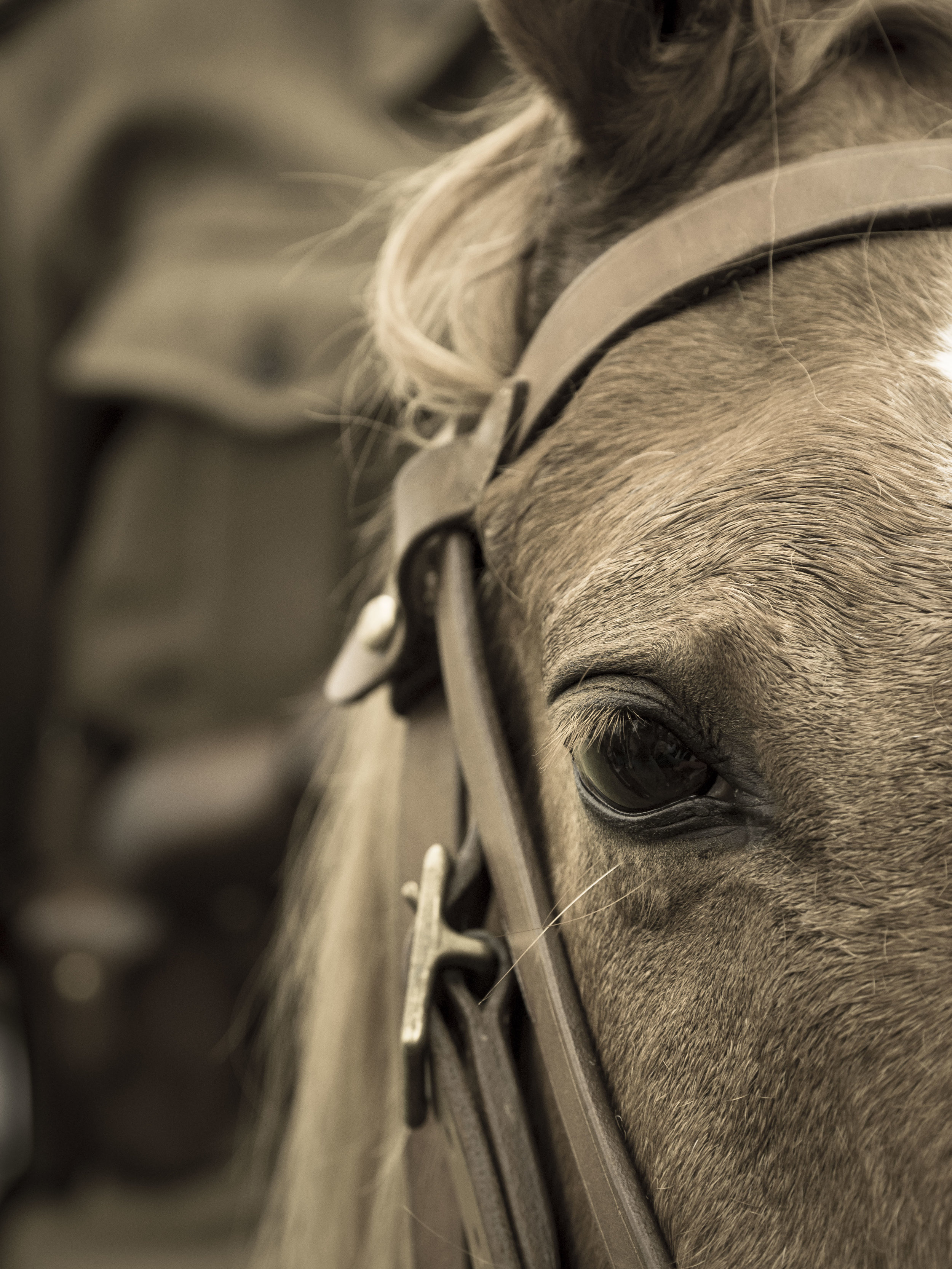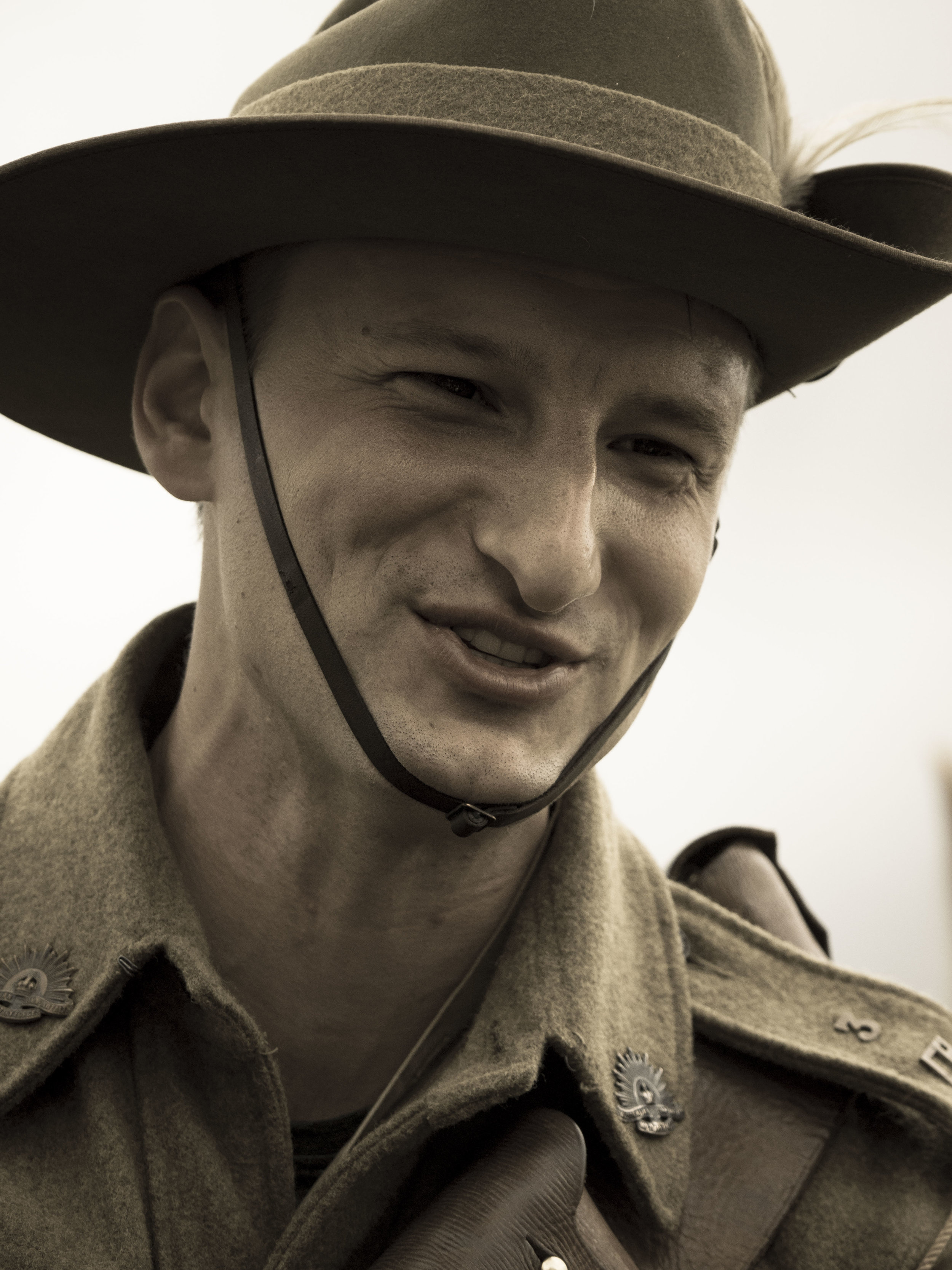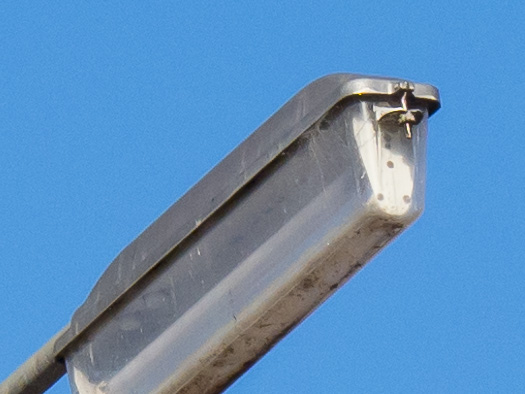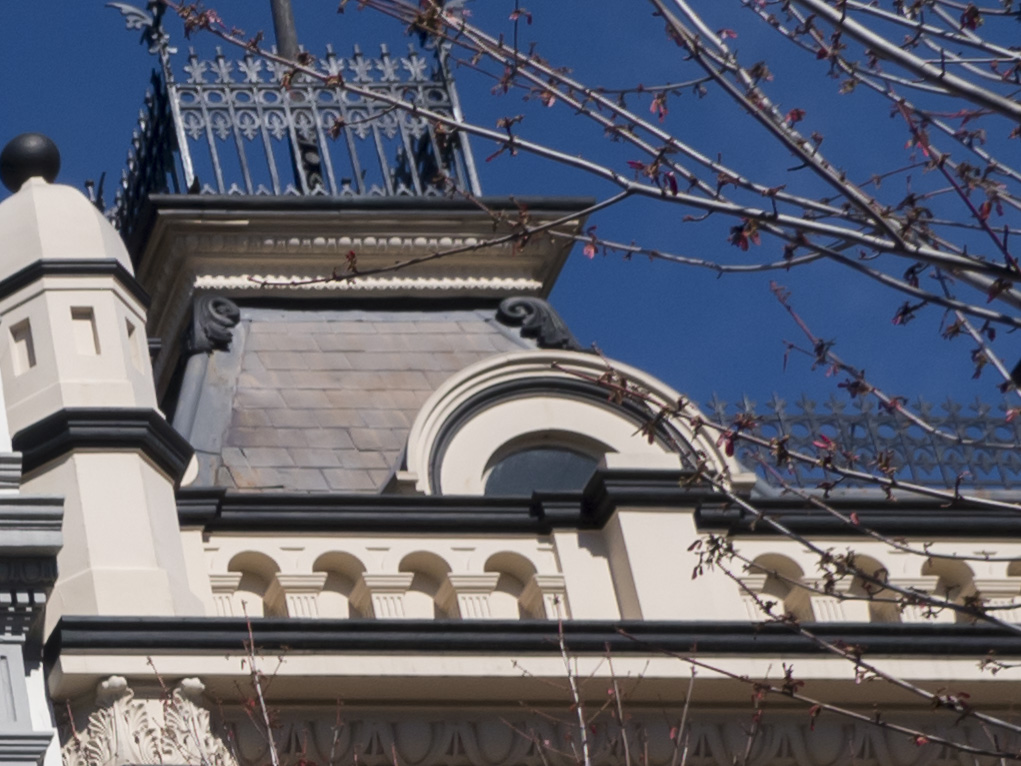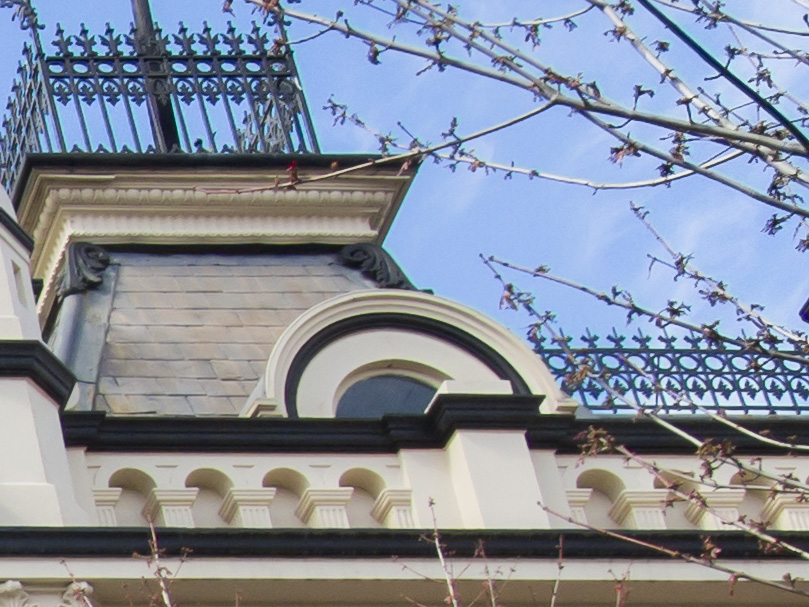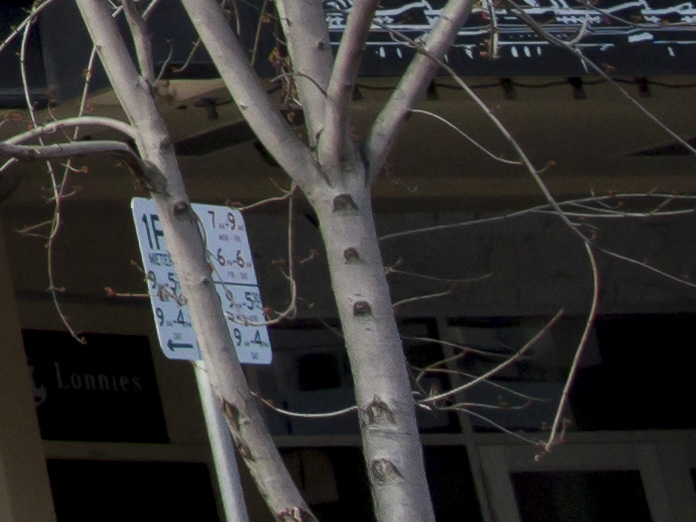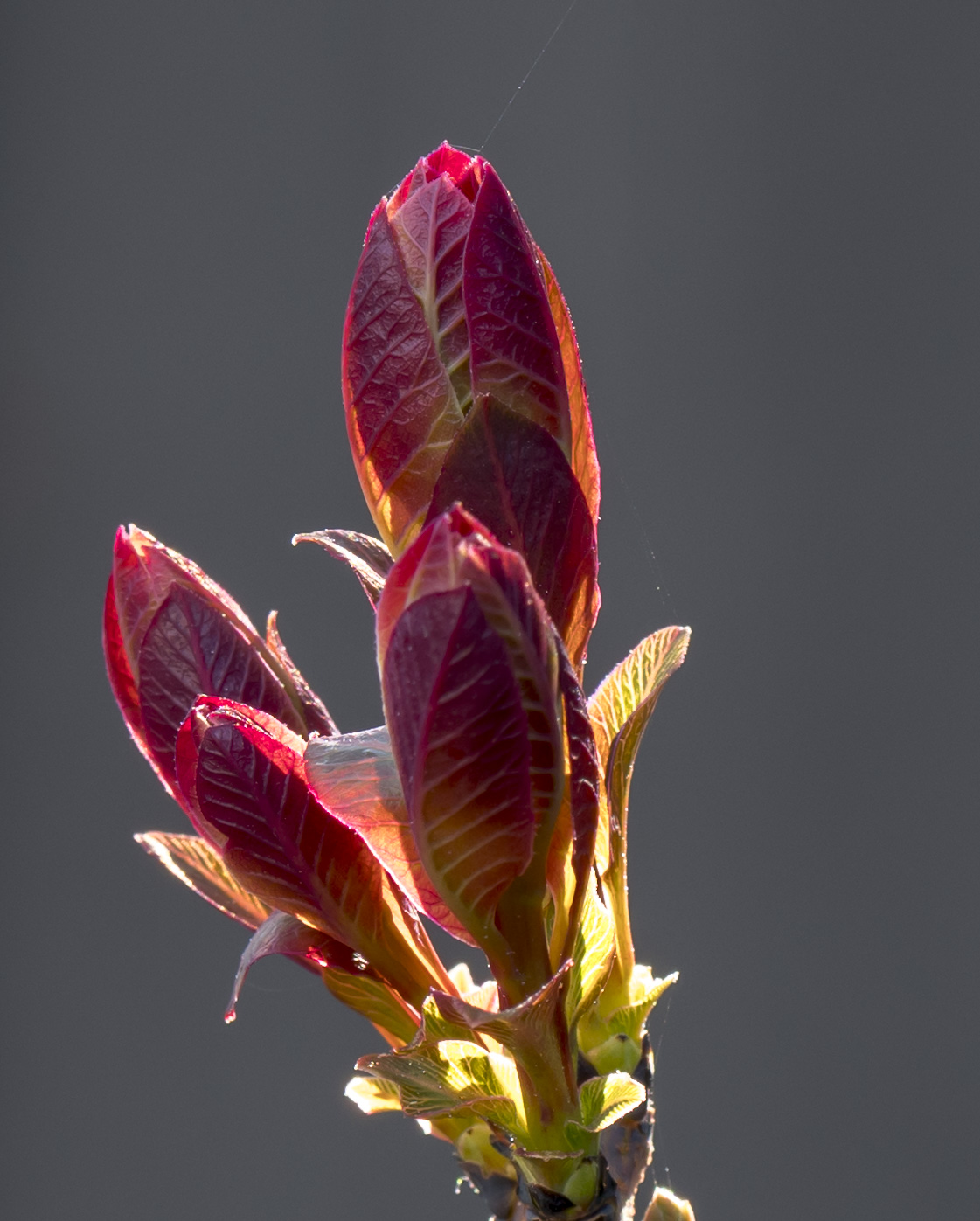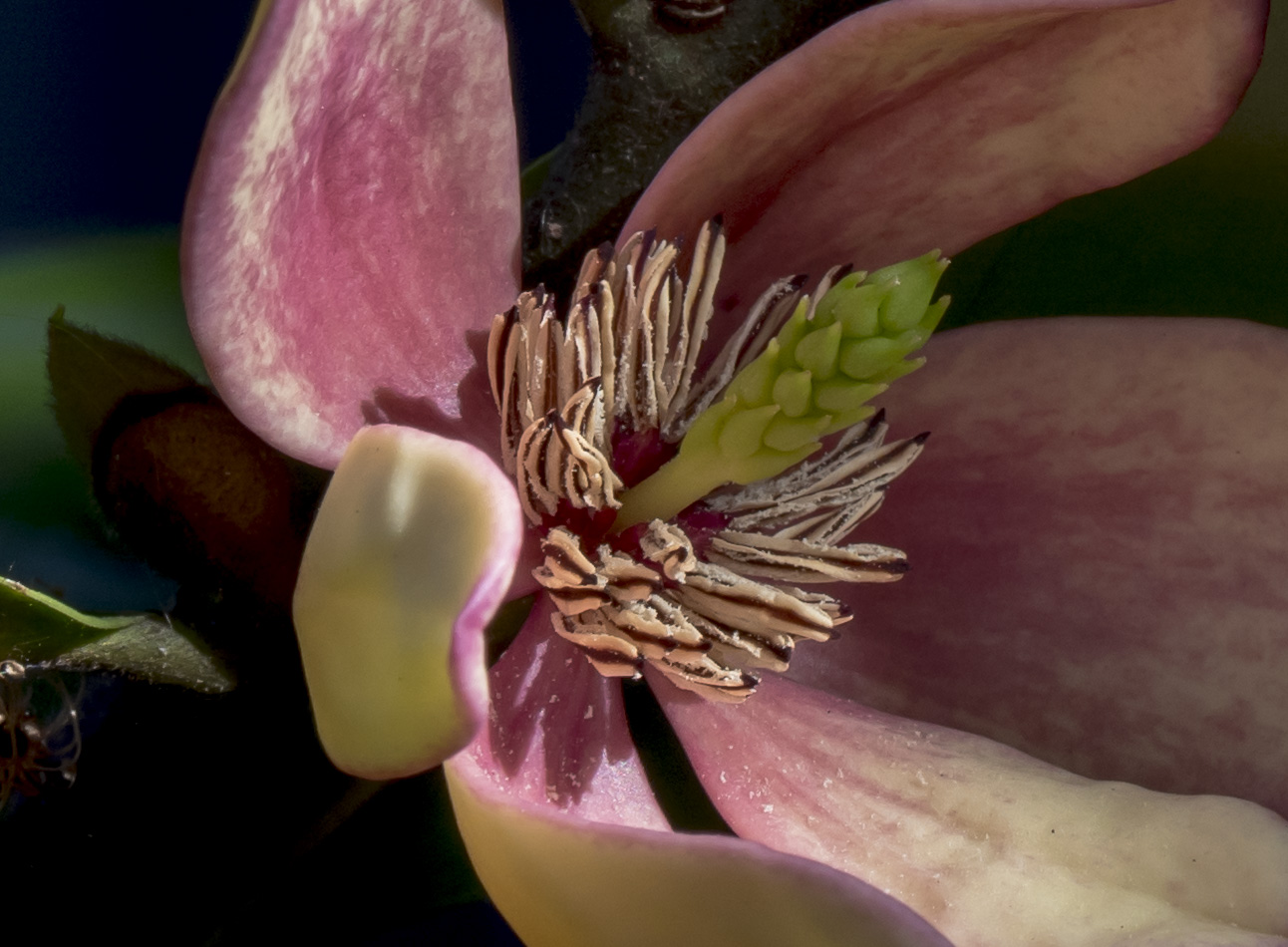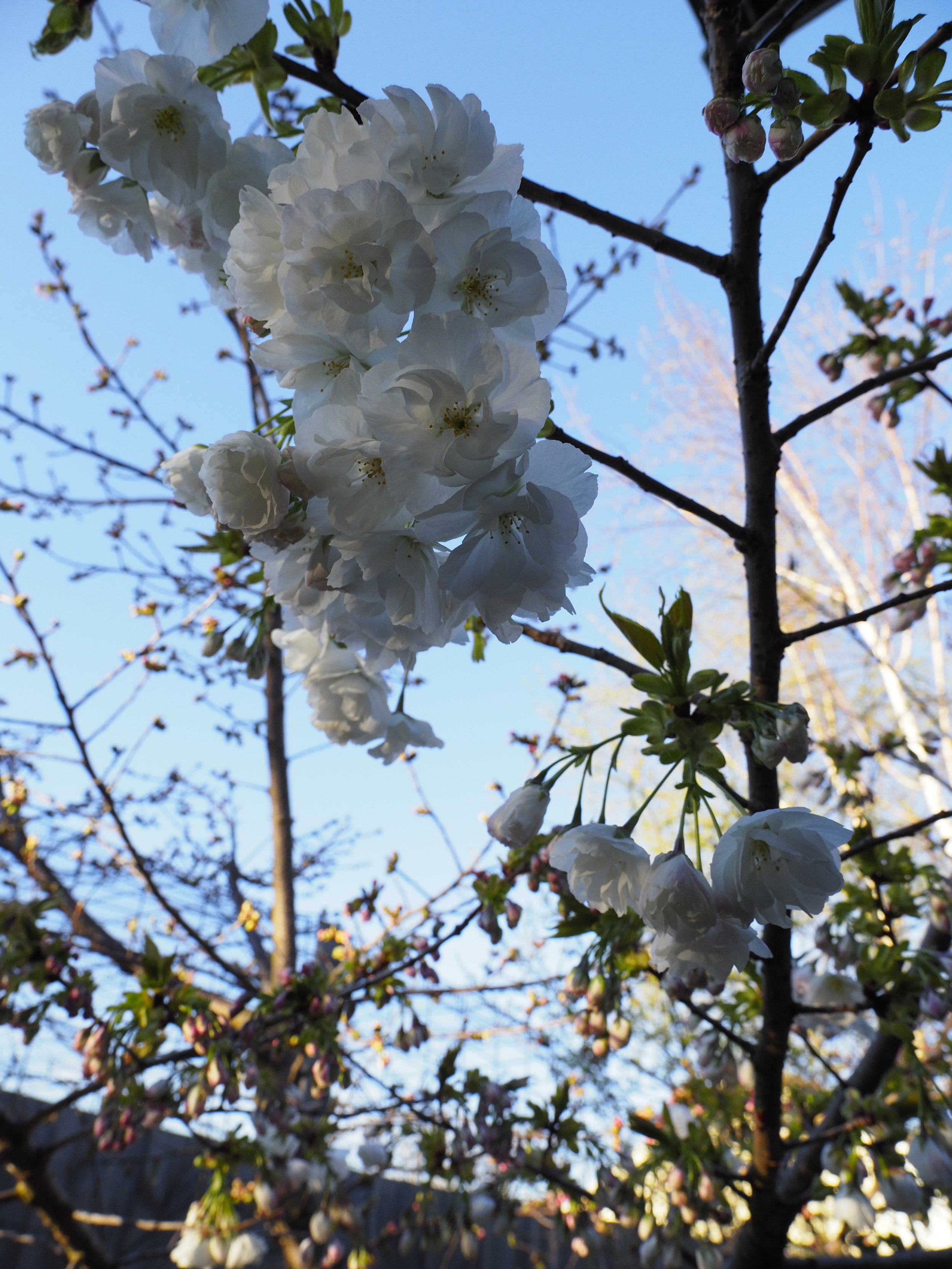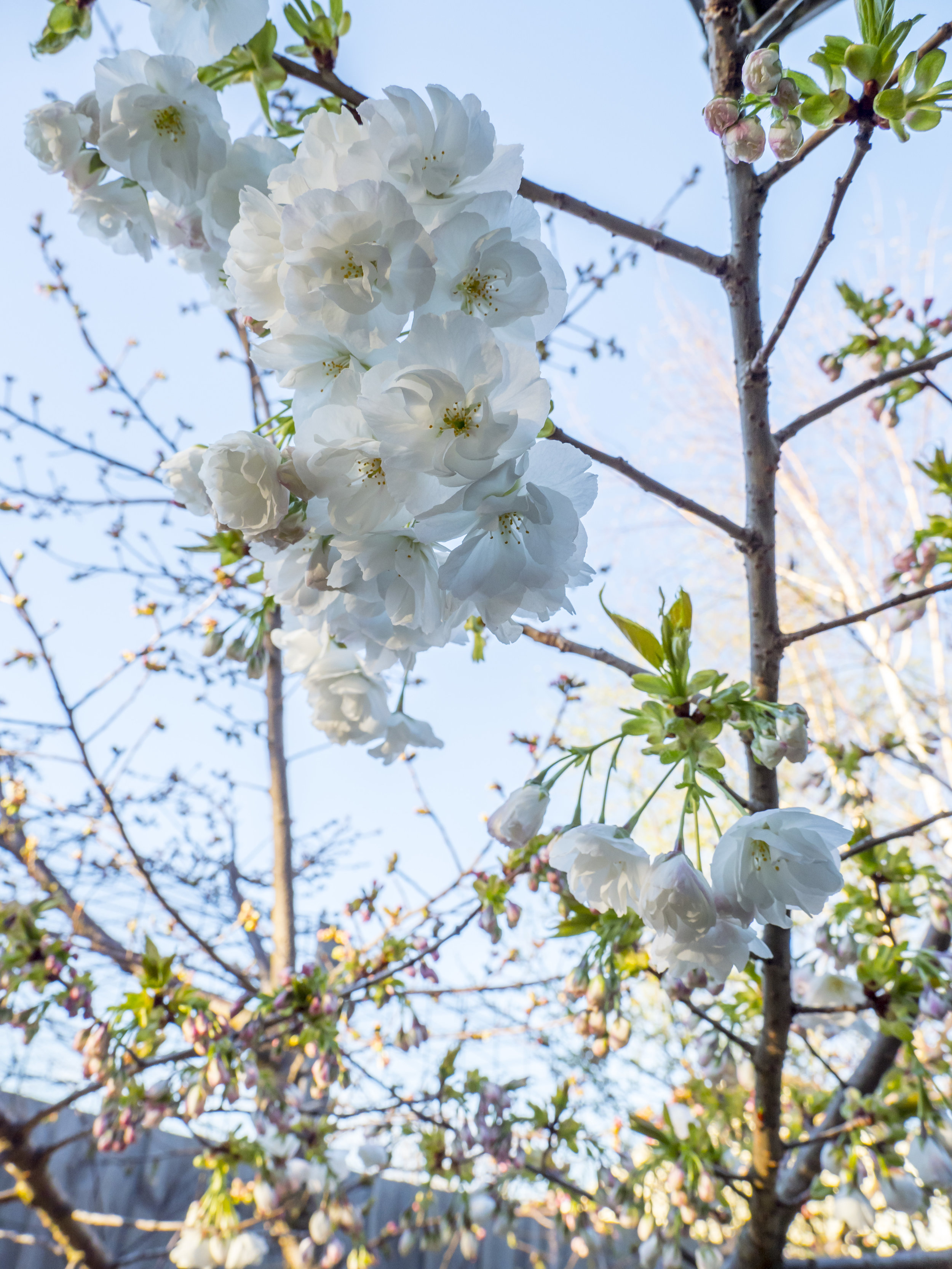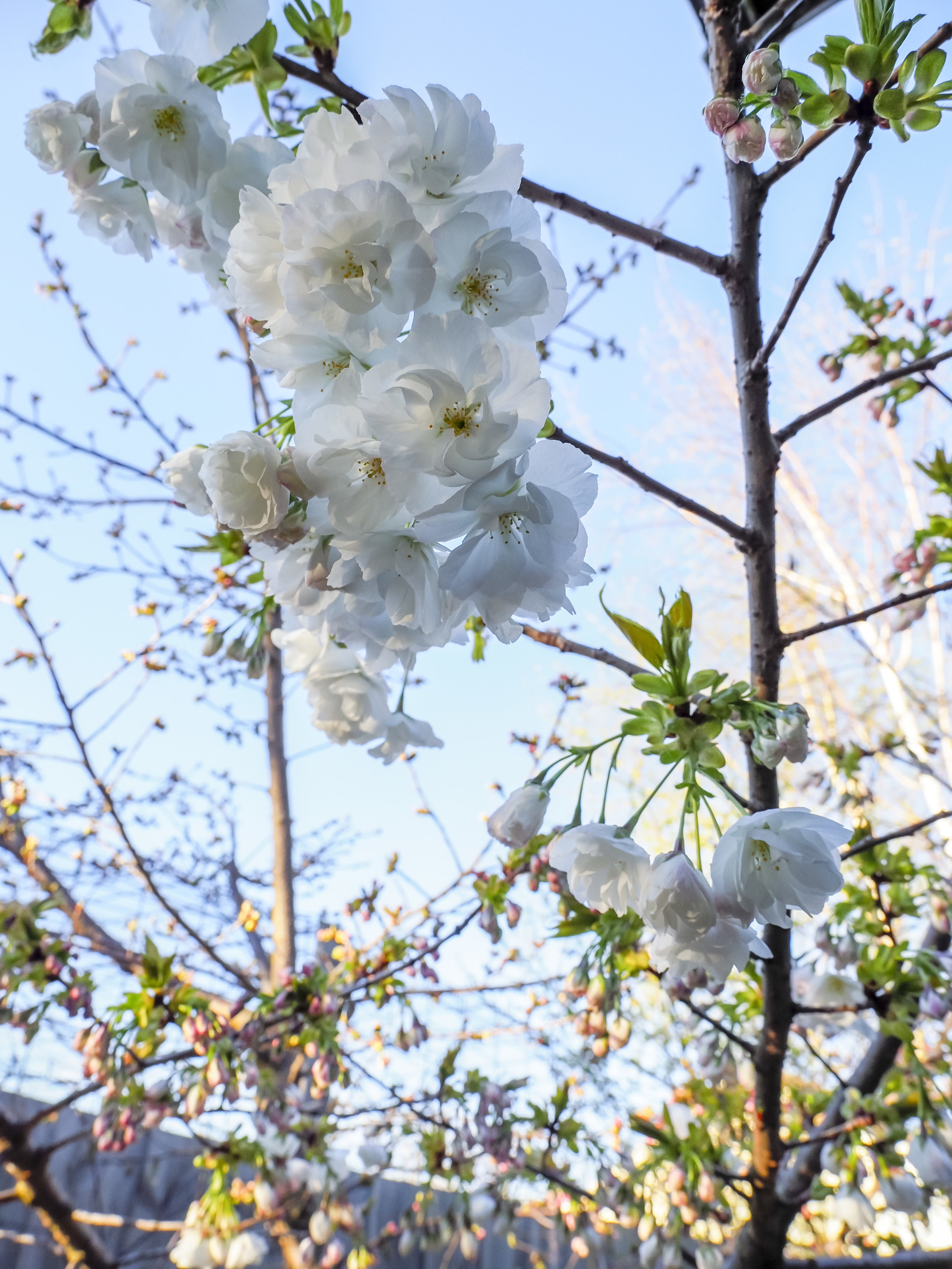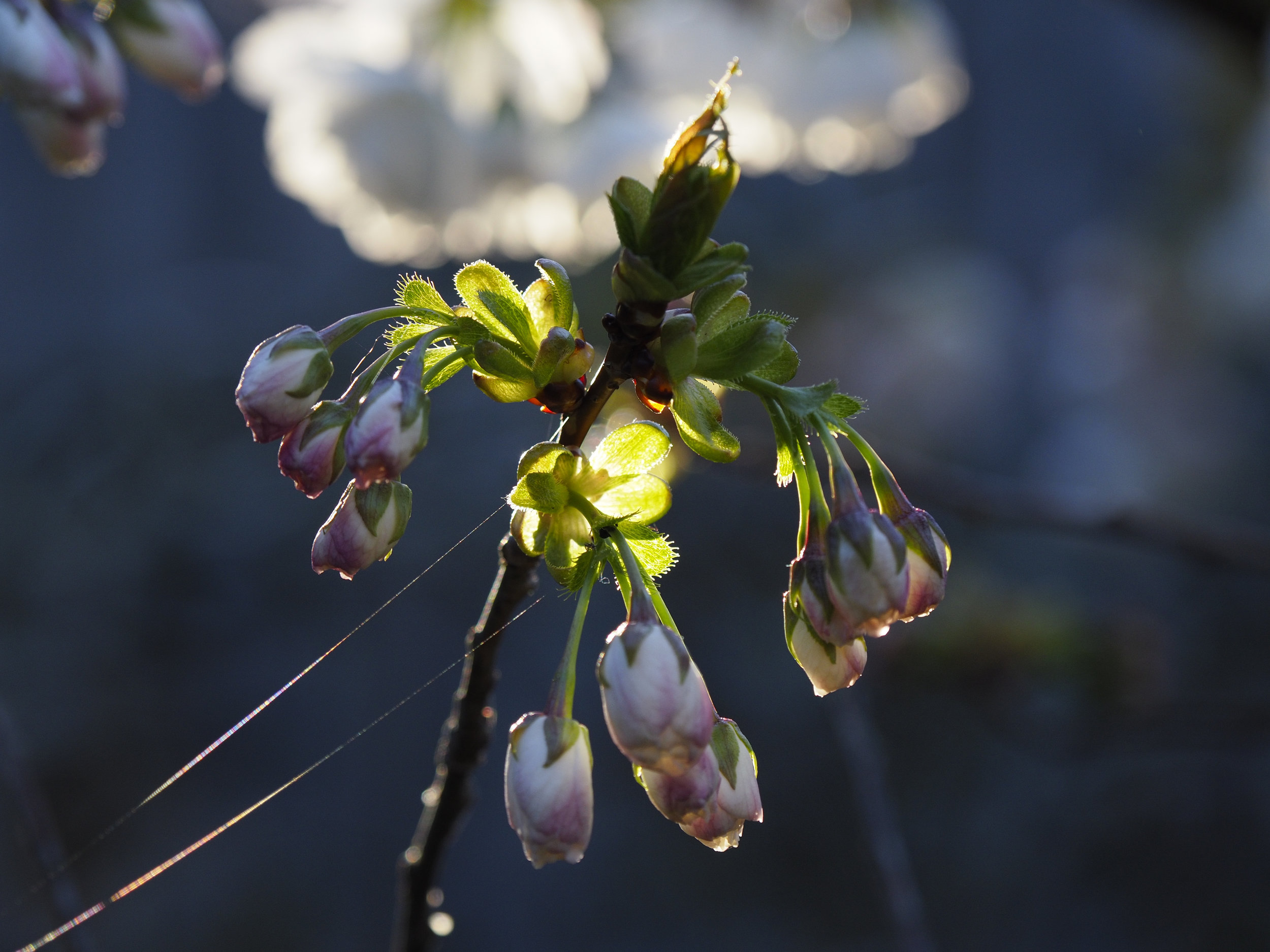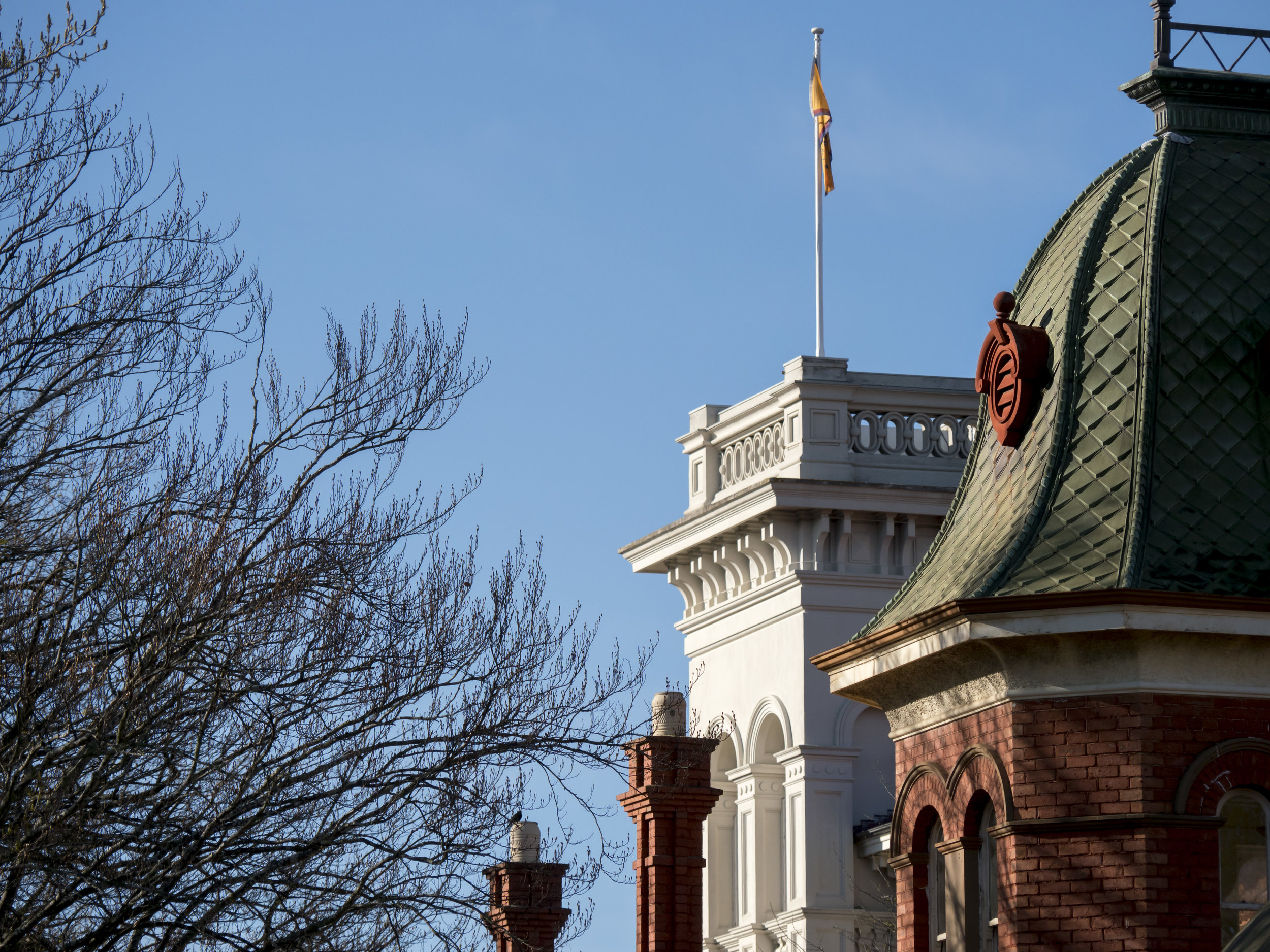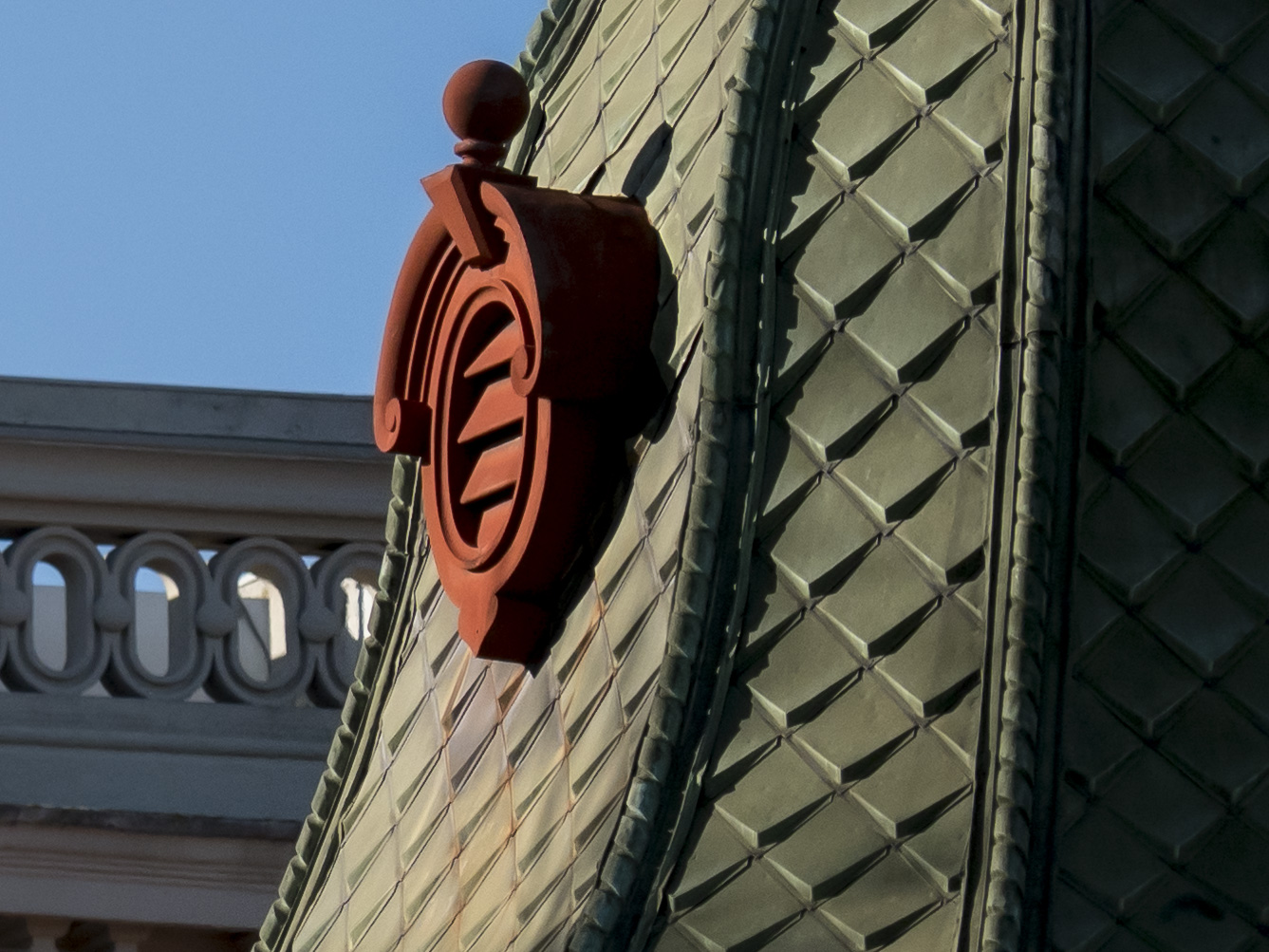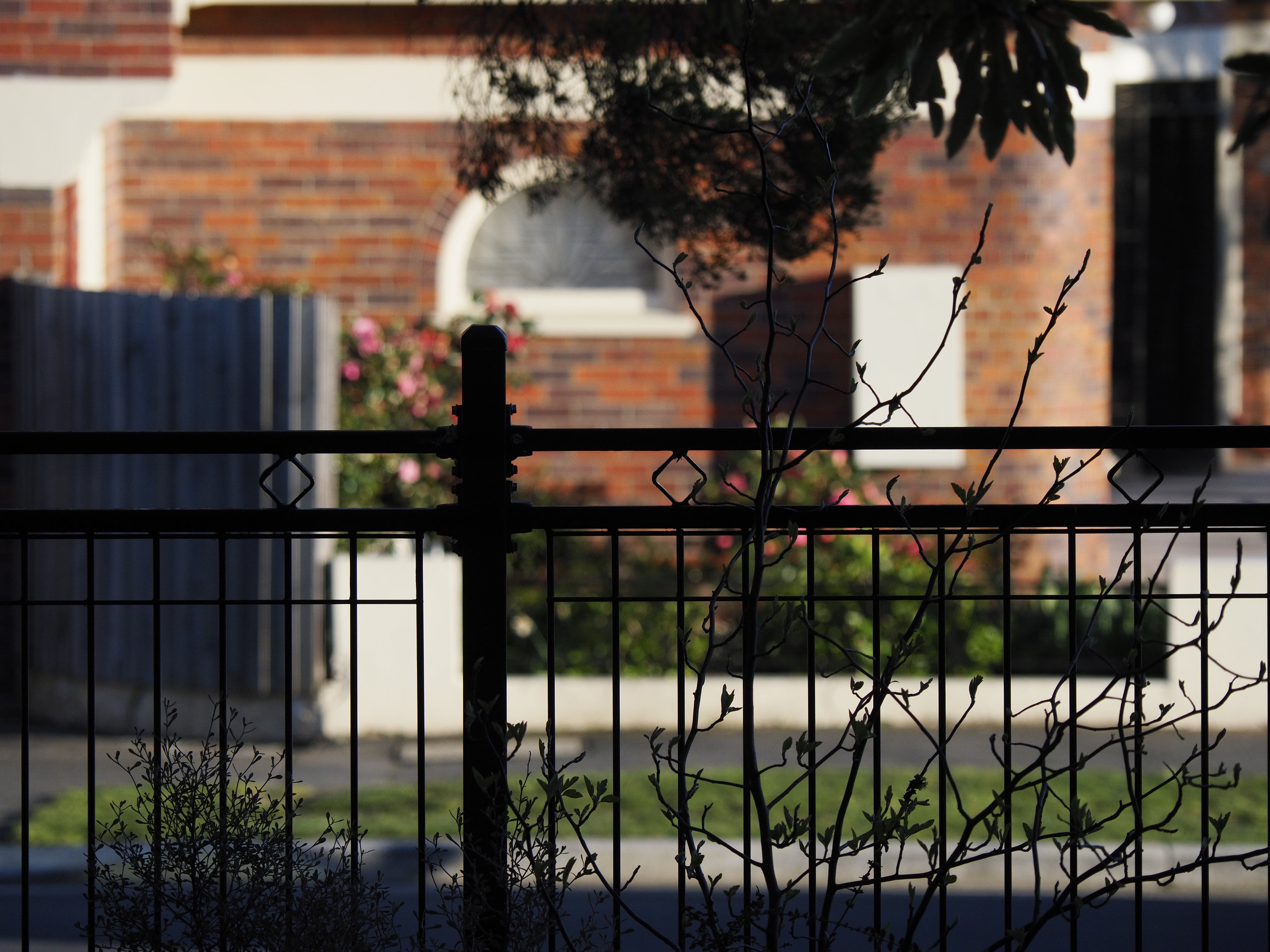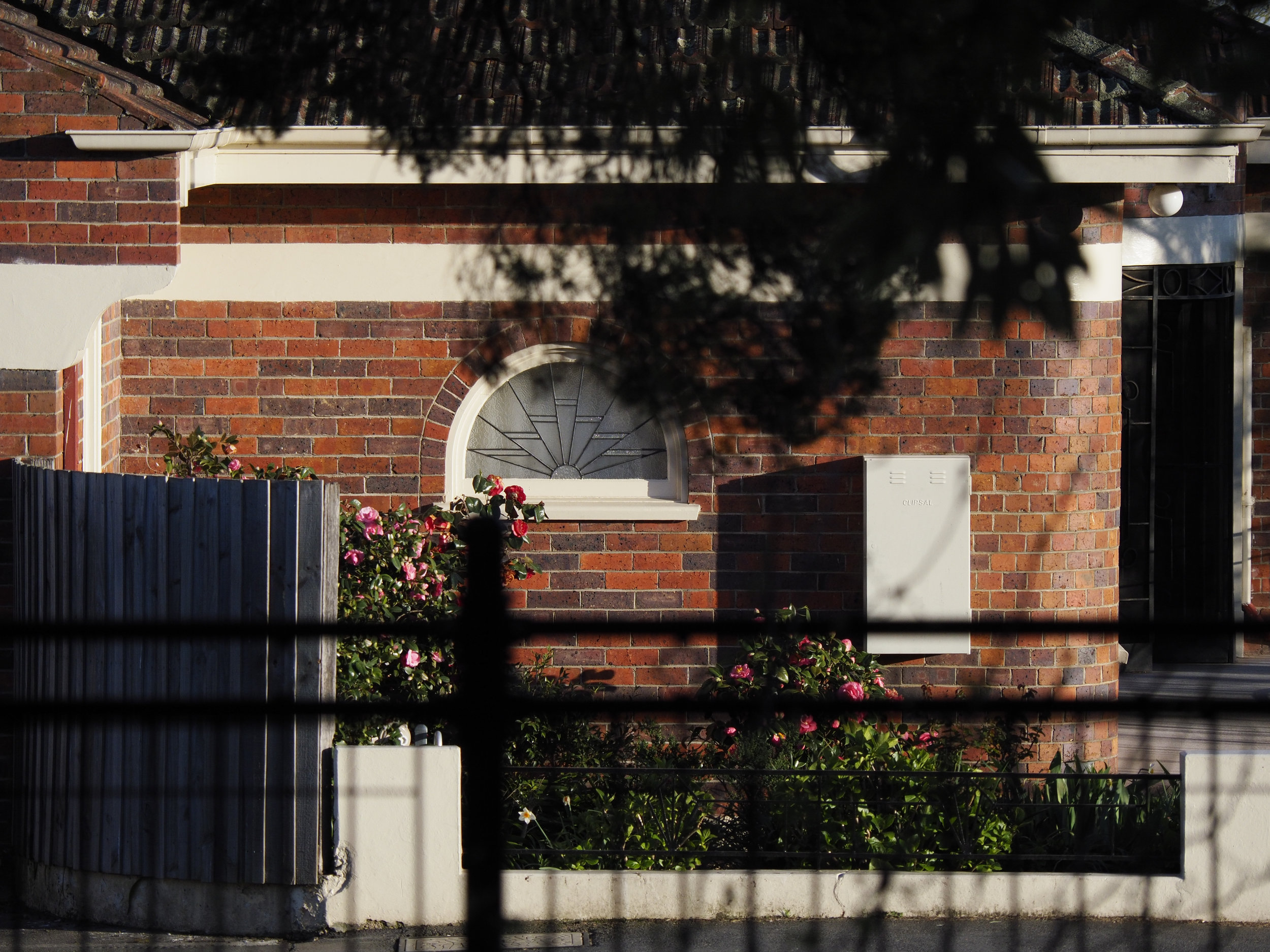Back working in a camera shop, I find myself knee deep in specs and stats and have already started questioning self held beliefs that enough is truly enough. Questions abound. Is “A” sharper than “B”, does it have too much CA (what is CA?), does this have greater dynamic range (what is dynamic range?), how many frames can it fire, will the video win me an oscar? Most of these are questions of quantity.
The only true question to ask is one of quality.
Not measurable sensor and pixel quality or even lens quality, but a quality that has the ability to transport the viewer. The special something that is more than sum of it’s parts, but at the same time ignores, even transcends trivial aspects such as resolution, noise, movement blur and colour accuracy. This is very much about end product as a result of applied technique, but at all not about technique alone.
If I cast my mind back to images that manage to blinker me to process in favour of emotional appreciation, most come from the film era, most are colour and most are from smaller format cameras*. There are many digital exceptions such as Jan Meissner, or Kate Kirkwood, who manage to avoid gimmicks and would have fit in well with the film crowd.
Is this because in my case, it was a time when I was more open to suggestion, more awed by accomplishment, even overpowered by subjects I had not encountered before? If this is the case, then many of us may be locked in to appreciating most our “first contact” with these influences.
It could be the delivery. A beautifully printed book like they used to do, (before the over saturated “photoshopped to hell” look took hold), is a thing to experience. “Stay the Moment” by Sam Abell, “Ansell Adams in Color”, Stephen Shore’s “Uncommon Places”, Alex Webb’s “The Suffering of Light”, “Here Far Away” by Pentti Sammallahti, to mention only a few of many, many beautiful tomes available. They are a much more satisfying viewing, handling and owning experience than a screen (and they last longer).
Possibly it is purely a technical thing. Colour saturation, contrast, deeper depth of field, a little motion blur for drama? If so then these are just the styles and gimmicks of the time, much as we use now.
Regardless, these images have the same strong and lasting effect on me years after first viewing, even when digital perfection and processes have hijacked my own world. Plenty have been forgotten and discarded, but the truly resonant images have stuck, hard.
It is not just a matter of technical proficiency. I respect the technically spectacular work of Adams, but it does not sweep me away (my favourite of his is a colour image…heresy!), where many a Michael Kenna or Salgado image made using grainy 35mm film can make my jaw drop, haunt me even years later.
In this digital age, we are after better, faster, cleaner, sharper. Are we still looking for deeper, more substantial, transcendent and fundamentally moving? I hope so. Styles change, often with technical advancement. Does that mean we must relinquish past styles even if they have legitimate creative value?
The images that really effect me are often of small things, insignificant moments, ordinary people and places captured with an emotional maturity that makes them monumental. How can an image of a park swing, a cowboy’s back, an old mans hands, a towel holder on a cafe table, a scotch glass on an aircraft serving table have so much power? What is the magic sauce that brings these photos into our hearts before they are dissected by our heads?
Ironically, the period that has the greatest effect on me is the post-grand landscape and still life era of the 1930-50’s, where colour and small format photography were taking hold. Many of the old masters, with their attention to detail and their finely tuned, cutting edge processes leave me a cold. It is the era of the experimenter, the anti-perfectionist that resonates. These photographers were telling a story barely within their limits, rather than choosing subjects that their techniques could easily handle. Not saying that the work of Adams, Weston etc were easily made, but the reality is, they had the technical resources to make perfection of their craft a realistic goal. Compare that to the processes of early colour users (Leiter, Haas, Herzog) with their small format cameras, chasing elusive and fickle light with little acceptance by their peers.
The photographers work at the time (1960-2000) was measured by pure visual accomplishment. Made for publications that sold based on the quality of their output, not sensationalism or up to the second relevance.
Maybe the period of time an image is made is always going to be the primary determinant of it’s true quality. It certainly has been an obsession over the last 15 years. Attitudes of the photographer and subject, technical limitations, fashions and relevance must all have some effect, but how much? Can it (should it) be re-discovered in the digital age? Can we as image makers keep ourselves separate from the mass movements that control the industry of image making?
Another factor may be the volume of imaging, that makes us look only at the technically proficient, discarding near misses, the non perfect. These are often the images with mystery and sublime timing. A trend I fear is the automatic lightning edit that we all do due to the tidal wave of social media. Is this the time and place for the lasting image to return, to stand out against the avalanche of sameness?
Working within parameters of low ISO’s, limited available frames and processes often out of their control, makes the image maker think more, push harder, take chances and accept technically sub par images, as long as they stayed strong in message. Many of these very images have become classics. Saul Leiter for example used to shoot ASA 25 colour film on medium format, hand held at night! The images came stacked high with back story and depth.
Conversely, will we look back in 20 years lamenting the loss of the way we see now as still imaging becomes ever more threatened by video capture or will that very change in out technique bring us full circle, capturing life around us with a natural ease that permits total creative freedom?
Or maybe I just miss Kodachrome.
* Nick Brandt’s drinking elephant, Salgado’s Ethiopia images, Nathan Benn’s New Haven, Bill Allards’s Benedetta Buccellato, Sam Abell’s Hagi Japan (and many others), Leiter’s Worker 1956, many Michael Kenna images, lots of forgotten images in old books and magazines now discarded etc.



































